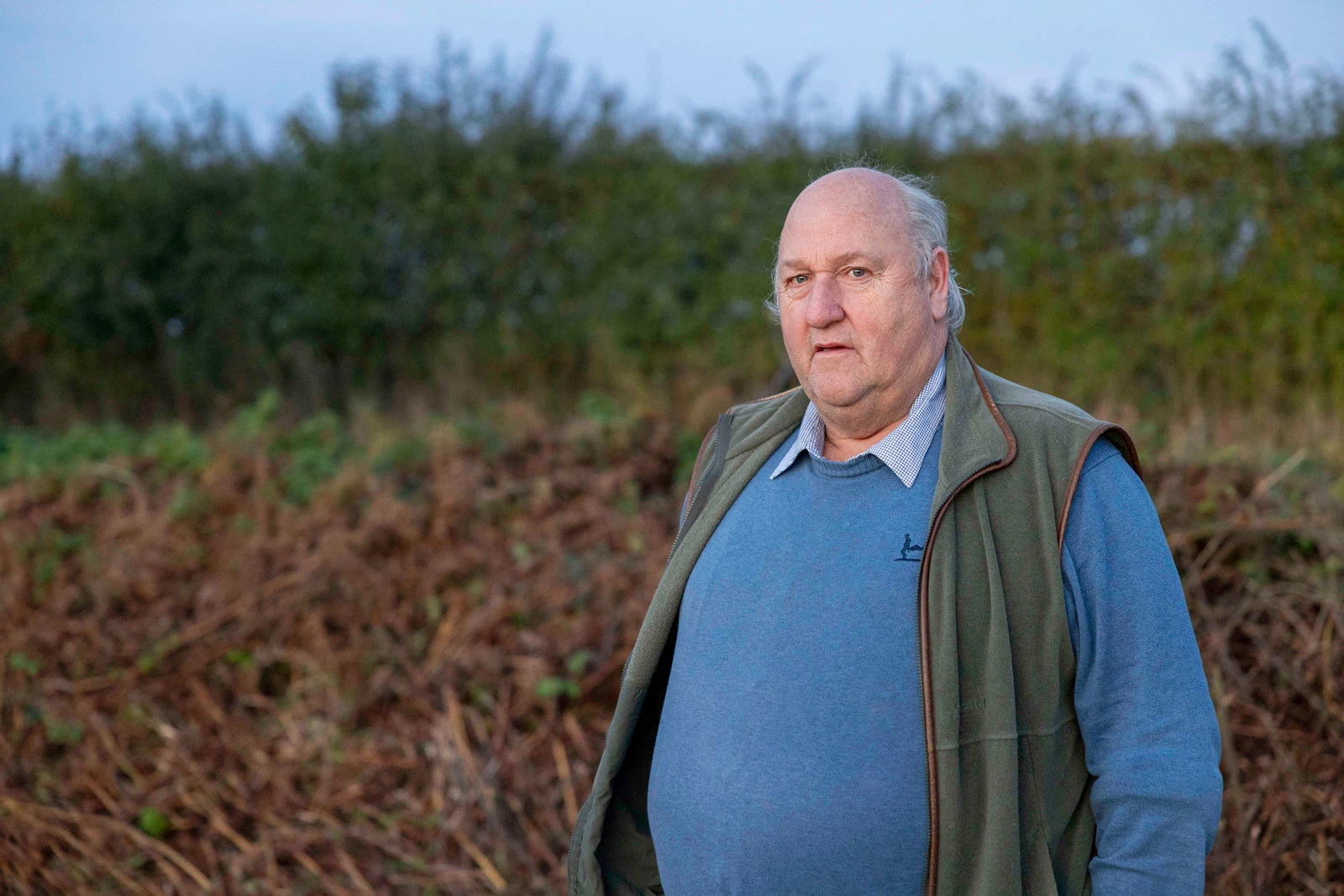Published on 3rd April 2024
Disease Management
Field trials favour Iblon: Simplifying crop protection with new T1 regime

Two years of farm trials have convinced Norfolk farm manager Michael Wilton that Iblon® , Bayer’s new broad-spectrum fungicide, has the scope to simplify the existing T1 regime and deliver the expected protection.
Across 1800 ha of owned and contract-farmed land, the T1 regime is intentionally robust if a little complex. Depending on the variety and its disease resistance strengths, the T1 is based on either Revystar® (fluxapyroxad + mefentrifluconazole) at 1.0 L/ha or Ascra® Xpro (bixafen + fluopyram + prothioconazole) at 1.2 L/ha.
To this, Comet® (pyraclostrobin) at 0.4 L/ha is added for improved yellow rust control while if mildew is present, then Talius® (proquinazid) is included.
“Our application rates tend to be at the higher end of the range, but the exact makeup of the spray varies depending on the assessed risk. On varieties with better resistance I will likely opt for a Revystar-based application while for those you might think of as dirtier and in need of a bit more, it will be Ascra Xpro.”
The policy of using the variety’s resistance status as the basis for the fungicide regime applies equally to other timings, but it is not the sole grounds for a policy.
“We take a ‘high input, for high output’ approach that is appropriate for variable soil types. Within this we seek to utilise knowledge of a variety’s strengths and weaknesses to inform the crop protection regime while avoiding prophylactic applications where possible,” says Mr Wilton.
The opportunity to trial a new fungicide promising strong curative and protectant activity against yellow rust and Septoria was a compelling proposition.
“We seek to employ an integrated policy, but not an onerous one. I envisage Iblon becoming the standard at T1 replacing both Revystar + Comet and Ascra Xpro + Comet. Two years of results support this change, and it will simplify the workload on the sprayer operator too.
“It also supports our resistance management objectives. As a new class of SDHI with strong intrinsic activity it should extend the life of older fungicides through reduced selection pressure,” he adds.
Efforts to conserve the natural environment feature prominently at Stody Estate. The River Glaven dissects the estate, which also has a network of ponds that are fed by underground aquifers which the estate recognises are central to sustaining the biodiversity of the farm.
“The family owners take a long-term perspective and there is a strong emphasis on the environment. Consequently, every field contains higher level stewardship of some form while there are secondary measures intent on promoting biodiversity,” Mr Wilton says.
This approach follows through into variety selection, with those requiring the highest input avoided while still ensuring the varieties chosen receive what is needed. This begins with an establishment policy that seeks to deliver good seedbeds rather than following a wider philosophy or doctrine.
“Where possible we seek to reflect this objective in the fungicide strategy. The T0 is a biologicial fungicide rather than a conventional synthetic product. In practice, this is typically a seaweed-based product containing amino acids; we can say with confidence that we have seen better disease control from its use although it is not clear that this translates into higher yields,” Mr Wilton says.
The T2 spray is based around Univoq® (fenpicoxamid + prothioconazole).
“It is a strong product, but it also satisfies the requirements of a resistance management strategy by providing another mode of action in the programme. By using Univoq I also reserve the opportunity to apply a second SDHI should Septoria pressure dictate the need. This was the case in 2023 where Aviator 235 Xpro (bixafen + prothioconazole) was applied on the higher-risk varieties at T3.”
Preserving yield potential through effective disease control is the objective but not at any cost. The crop protection programme still needs to meet budget constraints.
“There is great discretion as to where the spend is directed as long as it comes in within budget, but we don’t overlook the importance of T1,” Mr Wilton says.
Stody Estate 2023 T1 fungicide trial results
Acknowledgements
Iblon contains isoflucypram. Revystar contains mefentrifluconazole + fluxapyroxad. Ascra contains bixafen + prothioconazole + fluopyram. Comet contains pyraclostrobin. Talius contains proquinazid. Univoq contains fenpicoxamid + prothioconazole. Iblonand Ascra are registered trademarks of Bayer. All other brand names used are Trademarks of other manufacturers in which proprietary rights may exist.


